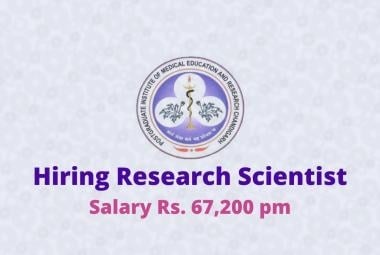The U.S. Food and Drug Administration permitted marketing of the first medical device to treat attention deficit hyperactivity disorder (ADHD). The prescription-only device, called the Monarch external Trigeminal Nerve Stimulation (eTNS) System, is indicated for patients ages 7 to12 years old who are not currently taking prescription ADHD medication and is the first non-drug treatment for ADHD granted marketing authorization by the FDA.
ADHD is a common disorder that begins in childhood. Symptoms include difficulty staying focused and paying attention, difficulty controlling behavior and very high levels of activity. The diagnosis of ADHD requires a comprehensive evaluation by a health care professional. For a person to receive a diagnosis of ADHD, the symptoms of inattention and/or hyperactivity-impulsivity must be chronic or long-lasting, impair the person’s functioning and cause the person to fall behind normal development for his or her age.
The Monarch eTNS System is intended to be used in the home under the supervision of a caregiver. The cell-phone sized device generates a low-level electrical pulse and connects via a wire to a small patch that adheres to a patient's forehead, just above the eyebrows, and should feel like a tingling sensation on the skin. The system delivers the low-level electrical stimulation to the branches of the trigeminal nerve, which sends therapeutic signals to the parts of the brain thought to be involved in ADHD. While the exact mechanism of eTNS is not yet known, neuroimaging studies have shown that eTNS increases activity in the brain regions that are known to be important in regulating attention, emotion and behavior.
The stimulation should feel like a tingling sensation on the skin, and the device should be used in the home under the supervision of a caregiver during periods of sleep. Clinical trials suggest that a response to eTNS may take up to 4 weeks to become evident. Patients should consult with their health care professional after four weeks of use to assess treatment effects.
The Monarch eTNS System’s efficacy in treating ADHD was shown in a clinical trial that compared eTNS as the sole treatment, or monotherapy, to a placebo device. A total of 62 children with moderate to severe ADHD were enrolled in the trial and used either the eTNS therapy each night or a placebo device at home for four weeks. The trial's primary endpoint was improvement on a clinician-administered ADHD Rating Scale, ADHD-RS. ADHD-RS scales are used to monitor severity and frequency of ADHD symptoms. A higher score is indicative of worsening symptoms. The ADHD-RS uses questions about the patient’s behavior, such as whether they have difficulty paying attention or regularly interrupt others. The trial showed that subjects using the eTNS device had statistically significant improvement in their ADHD symptoms compared with the placebo group. At the end of week four, the average ADHD-RS score in the active group decreased from 34.1 points at baseline to 23.4 points, versus a decrease from 33.7 to 27.5 points in the placebo group.
The most common side effects observed with eTNS use are: drowsiness, an increase in appetite, trouble sleeping, teeth clenching, headache and fatigue. No serious adverse events were associated with use of the device.
The Monarch eTNS System should not be used in children under seven years of age. It should not be used in patients with an active implantable pacemaker or with active implantable neurostimulators. Patients with body-worn devices such as insulin pumps should not use this device. The eTNS System should not be used in the presence of radio frequency energy such as magnetic resonance imaging (MRI), because it has not been tested in an MRI machine, or cell phones, because the phone’s low levels of electromagnetic energy may interrupt the therapy.










